CANGO RANCH & CAVES (Day 7)
Our first stop of the day was the Cango Crocodile Ranch & Cheetahland. There were all sorts of animals on display... a monitor lizard, meerkats, snakes, a pygmy hippo, some bat-eared foxes, etc.
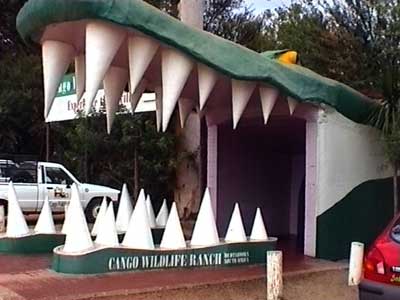
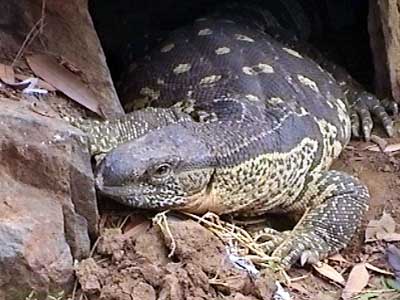
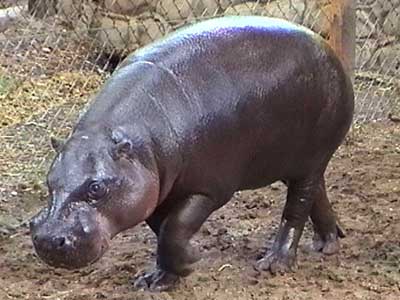

We got a tour of the various crocodiles, which are arranged in pens according to age... since otherwise the larger ones would simply eat the smaller ones.
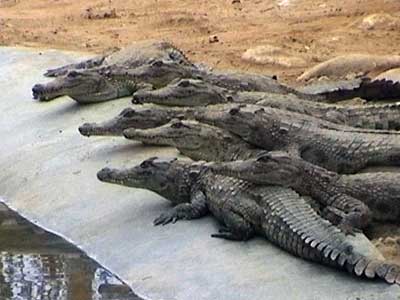
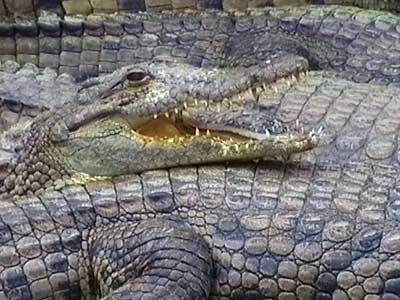
Then we walked above the cat pens on an elevated walkway. There was a mountain lion (puma), a jaguar and several lions (who were highly interested in their jaguar neighbor). Not all big cats can be tamed. Both lions and tigers are somewhat tameable but are very unpredictable. They can easily return to their wild state. The cheetah, however, can be fully tamed and remains tame. Here, they come from zoos or breeding centers since animals taken from the wild don't live very long in captivity.
Mario, our guide, clapped and a cheetah came running up to him. It seemed to thoroughly enjoy being pet.
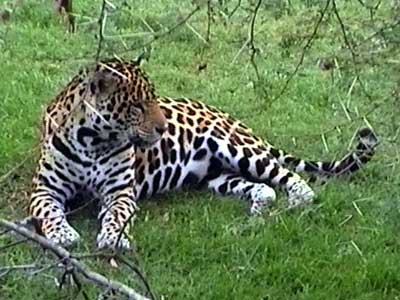
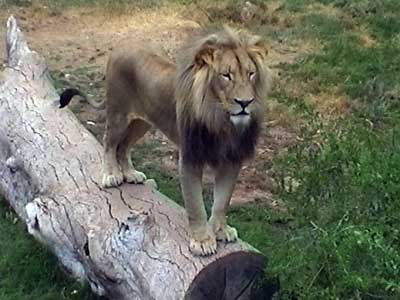
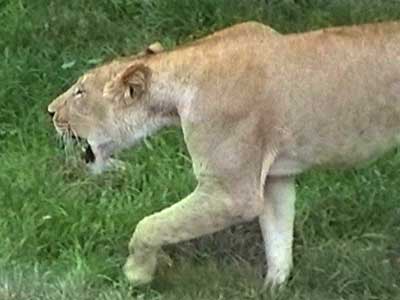
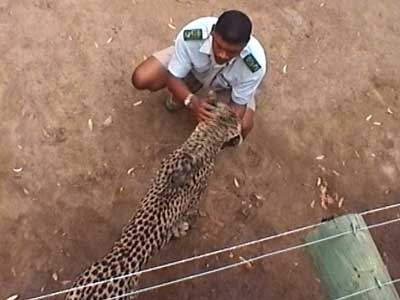
Cheetahs are the fastest land mammal, reaching speeds of 75 miles per hour. Of course they can only maintain this speed for about 10 to 15 seconds and then they have to rest for two hours. Just for comparison's sake, a cheetah can accelerate to 44 mph in just 2 seconds (it takes a Ferarri 4 seconds). Since a cheetah can't fight, its only weapon is speed.
We were then given the opportunity to pet a cheetah. Before we signed up, it sounded super safe and easy. But after we signed up, there were suddenly all these rules:
- stay in a group (don't stand alone)
- pet only the head, neck or back, never the legs or elsewhere since it might upset the cheetah and cause it to attack
- always stay behind it, never in front of it
- squat down low; don't stand and bend over or sit flat
- don't have any dangling bags, loose clothing or sunglasses that the cheetah might want to bat around


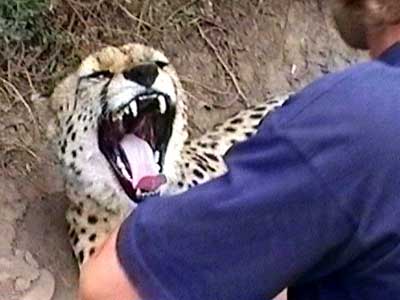
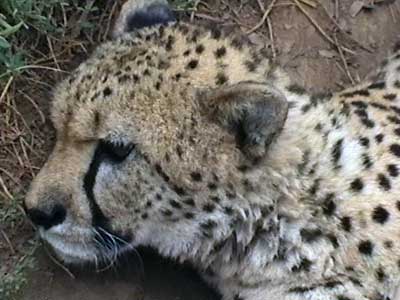
Fortunately we all survived and even got a certificate of accomplishment.

Our next stop was Cango Caves. Today, this region receives sparce rainfall, but the early bushmen inhabitants described this area as 'cango', or 'a place rich in water'. Heavy rainfall on the Great Swartberg mountains gave rise to many rivers and streams, and it is these waters that have been largely responsible for the creation of the caves beneath this range. Starting as a mere crack in the rock some 70 million years ago, Cango Caves first opened up to the air about 1 million years ago. They were probably discovered by the Khoi (bushmen) some 400 years ago, but were 'officially' discovered in 1780. Today we know them to be a series of five limestone cave complexes stretching for 11 miles. The tours only explore less than a mile around the first series of caves. The other sections are too technical or can only be reached by an underground river.
Unfortunately it was highly touristy. So rather than get stuck with the general masses, we signed up for the 'adventure tour'. This involved navigating a lot of narrow, slippery, twisty passages... and included a lot of slithering and climbing. One passage was named The Tunnel of Love for the way it grabbed and squeezed you as you struggled your way through it. Everything was very wet but quite clean. Fortunately everyone in our group made it successfully; people have been known to break ankles or dislocate kneecaps on certain sections of the trip.
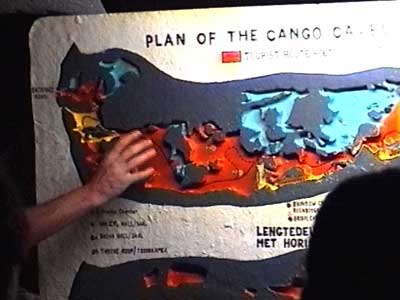
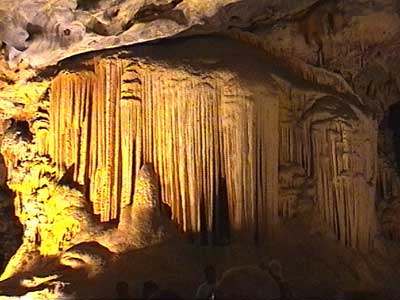
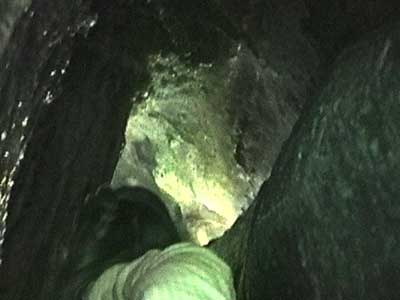
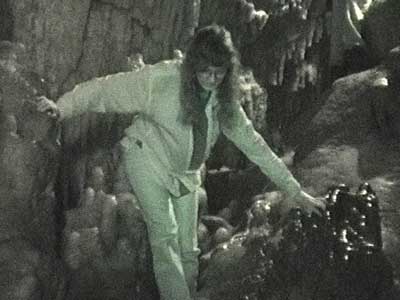
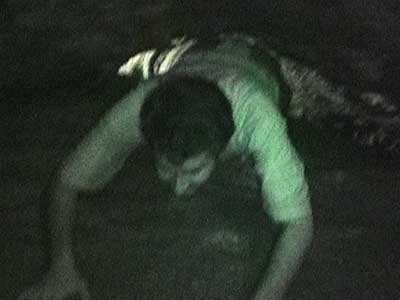
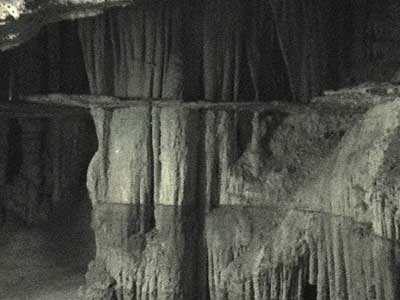
After the cave, we drove down a rather rough dirt road to a waterfall named Rust-en-Vrede ("rest and peace"). It started to rain but the area was still quite enjoyable.
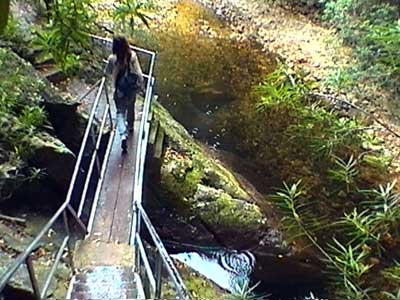
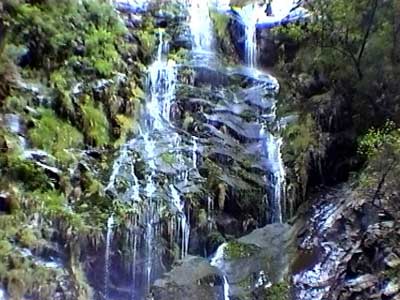
Our drive to Knysna was quite a wet one. We stayed in a backpackers hostel on a quiet street. It was still pouring out so we weren't sure how that was going to effect our choice of activities... abseiling, ocean kayaking with the dolphins, hiking (we were already told it was too wet for that). Only time would tell.
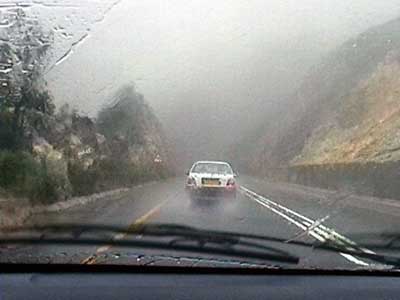
return • continue

